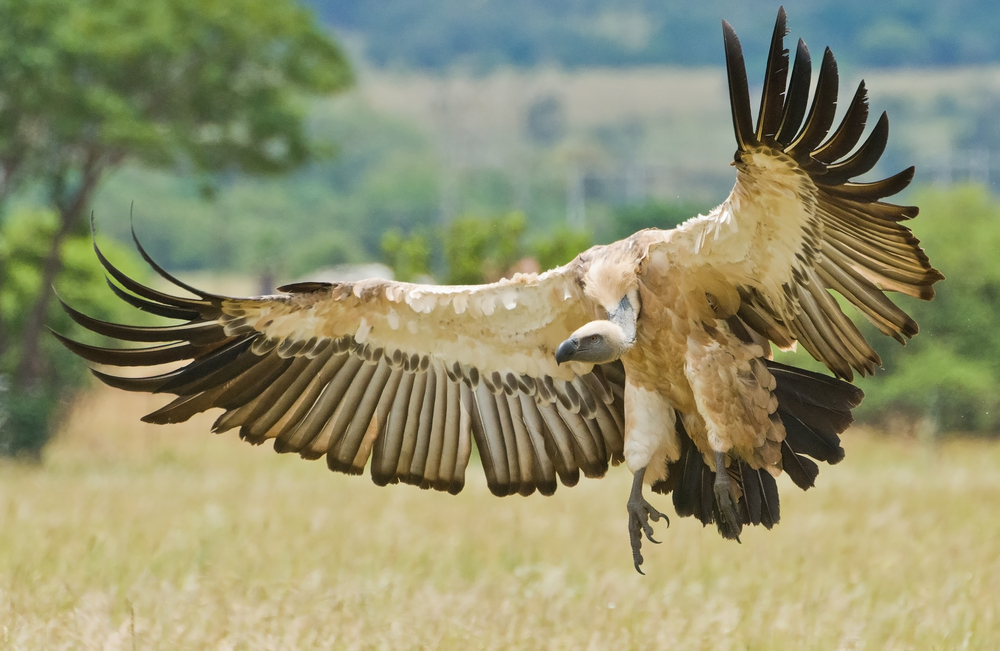
One of nature’s most iconic birds—the vultures of Africa—is now in serious danger of vanishing from the continent completely, a new study reports.
The assessment, carried out by BirdLife International, discovered that six of Africa’s 11 vulture species are now at risk of extinction. The drastic population decline is thought to be the result of aggressive hunting by traditional medicine collectors, and also by poachers attempting to stop the vultures’ presence from alerting rangers to illegally-killed big game remains.
Accidental poisoning has also been a root cause of the bird’s decline, as people try to eradicate mammalian predators of livestock (and in some cases wild dogs); the poisoned baits inadvertently attracting vultures.
Misunderstood by generations of telly watchers the world over, these efficient scavengers are not a nuisance or a threat looking to pick off weak wanderers lost in the African sun. In reality, they play a vital role in cleaning up the countryside of the world’s poorest continent, by eating carcasses that would otherwise rot and spread disease.
‘Vultures are important,’ explained Ross Wanless of BirdLife South Africa. ‘They come in, they clean up and they leave. Other scavengers like rats and jackals will eat a carcass and then will go after livestock or become a pest to humans. And if vultures are removed, their numbers can increase.’
The scale of the birds’ decline is as dramatic as it is damming. Since the late 80s, all but 2% of west Africa’s vultures outside protected nature reserves have completely disappeared. In South Africa, the number of Cape vultures has declined by up to 70% over the past three decades.
Even Kenya’s world famous Maasai Mara park has lost over half its population of gyps vultures. However Dr Julius Arinaitwe, BirdLife International’s Africa Programme Director, believes that whilst the facts look grim, there remains a glimmer of hope for the birds’ survival.
He said: ’There is still just enough time for conservationists to work with law-makers, faith-based organisations, government agencies and local people, to make sure there is a future for these magnificent scavengers.’
